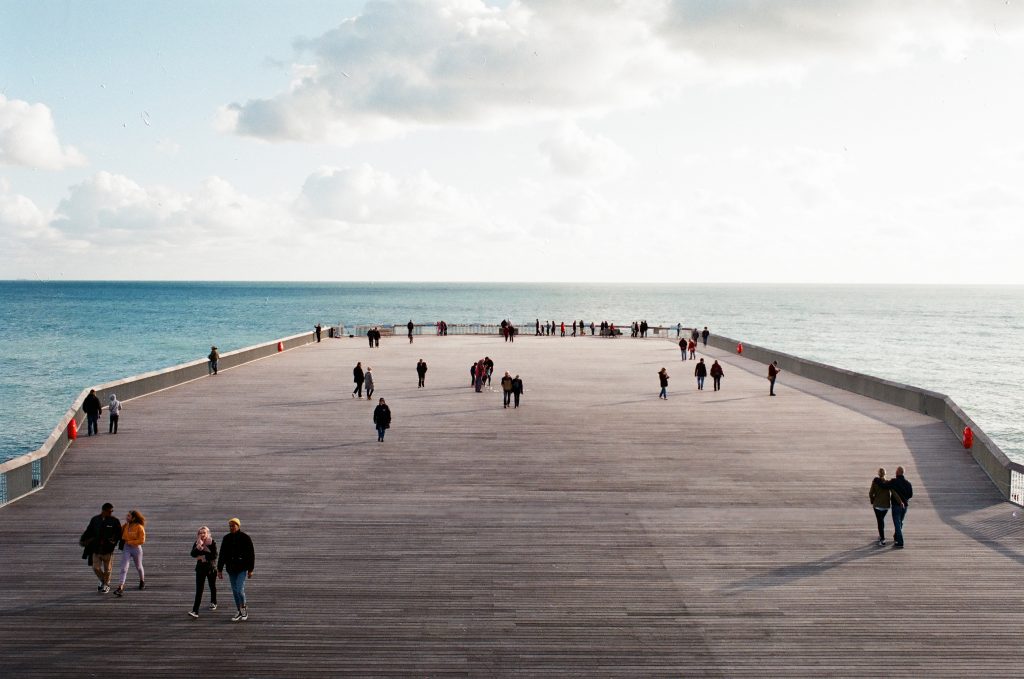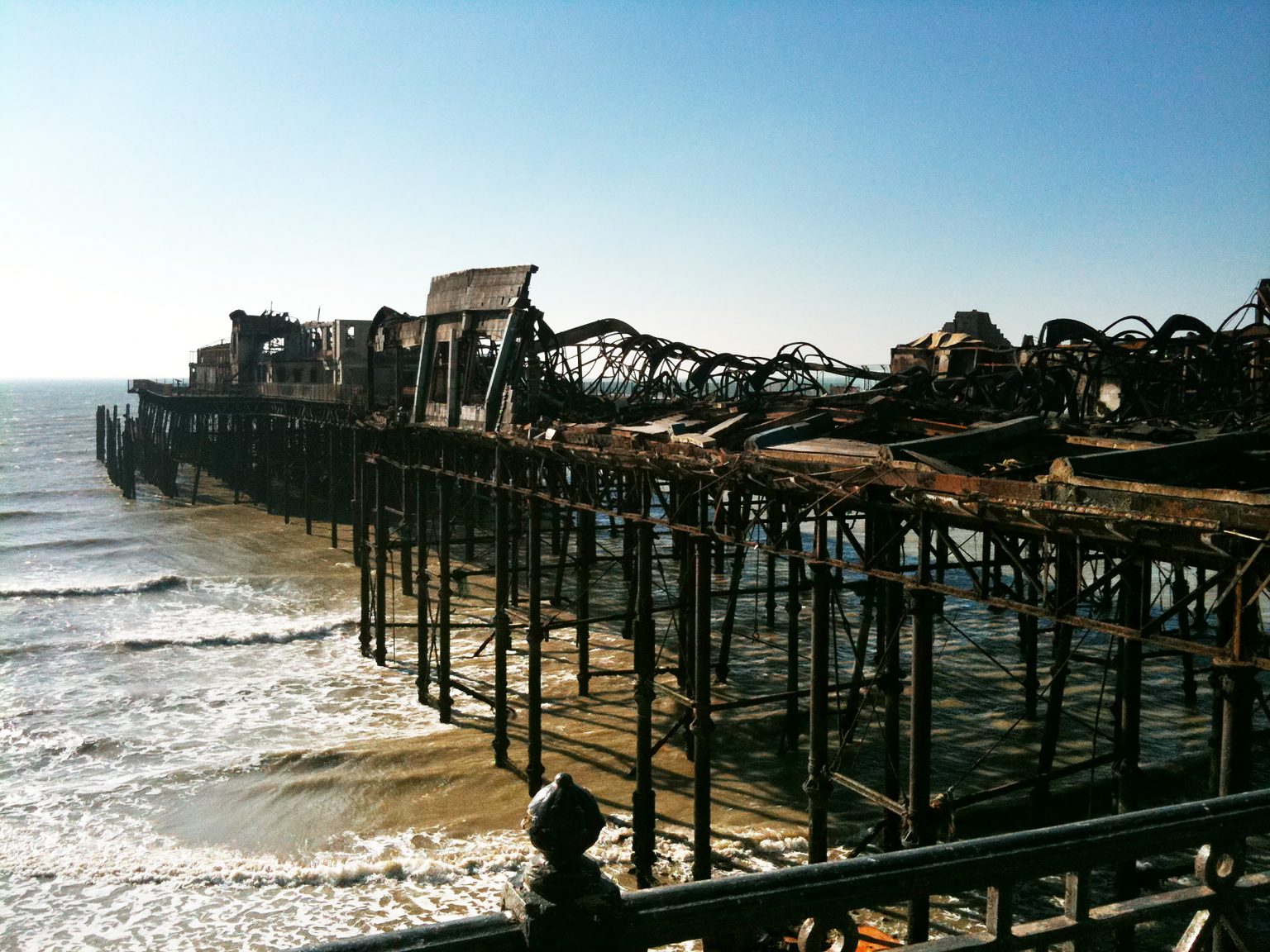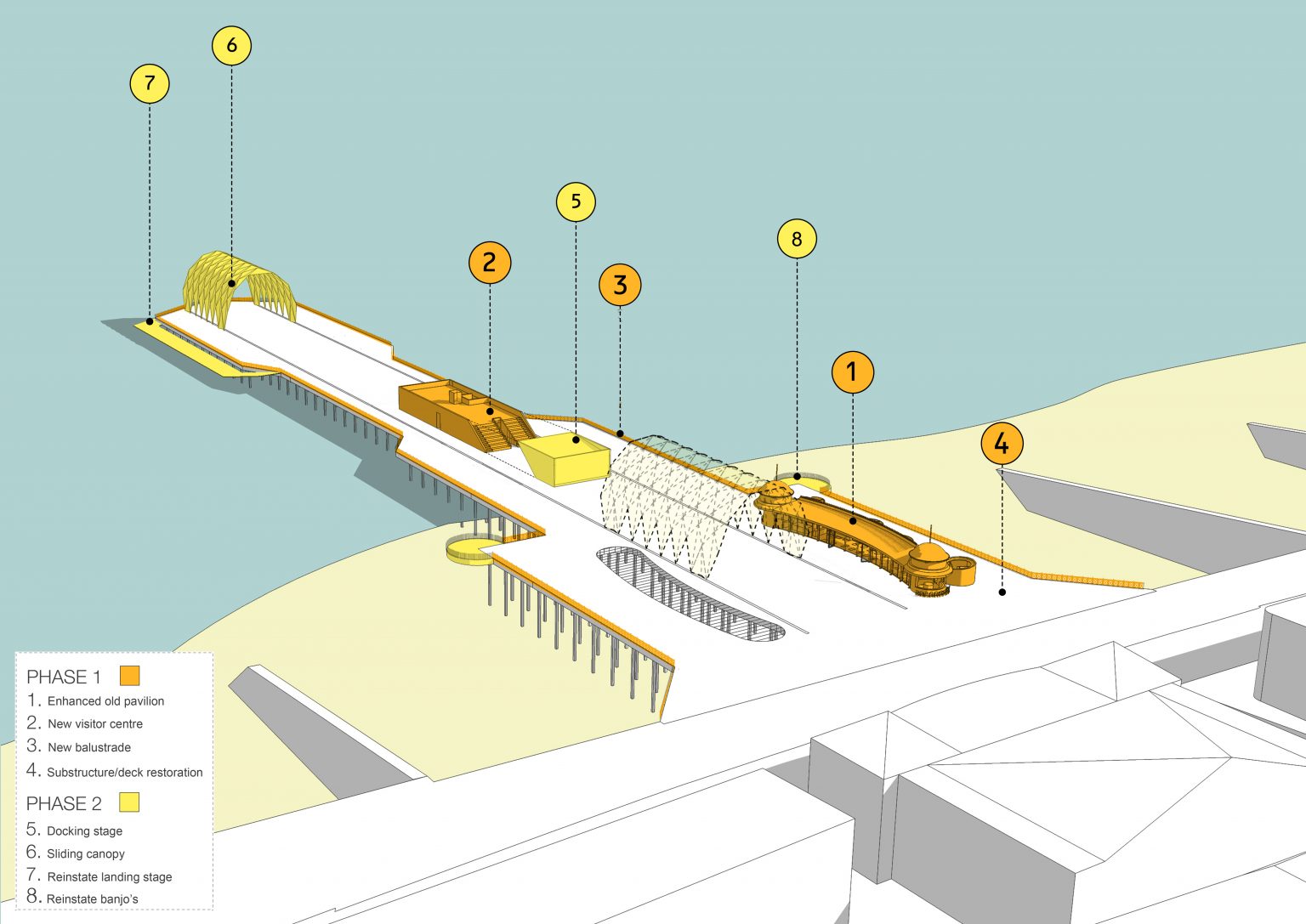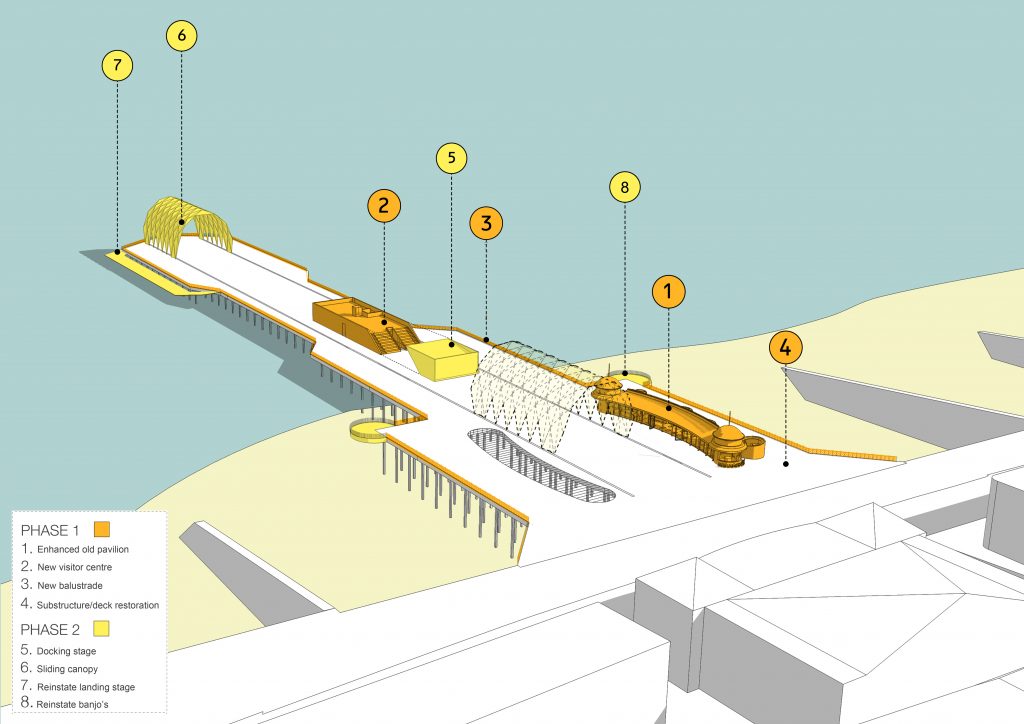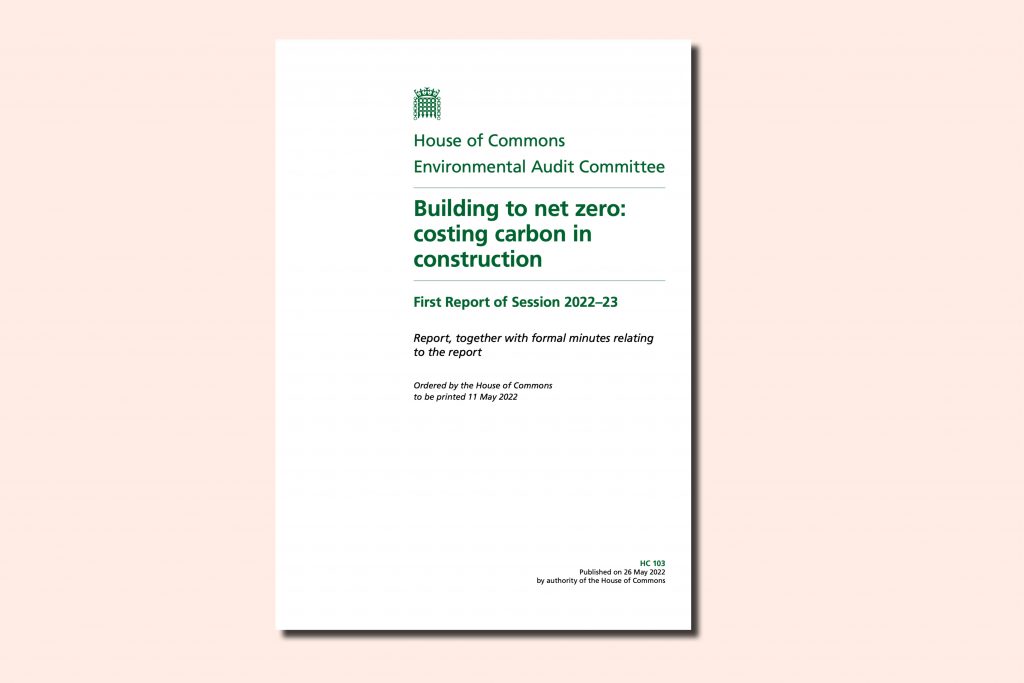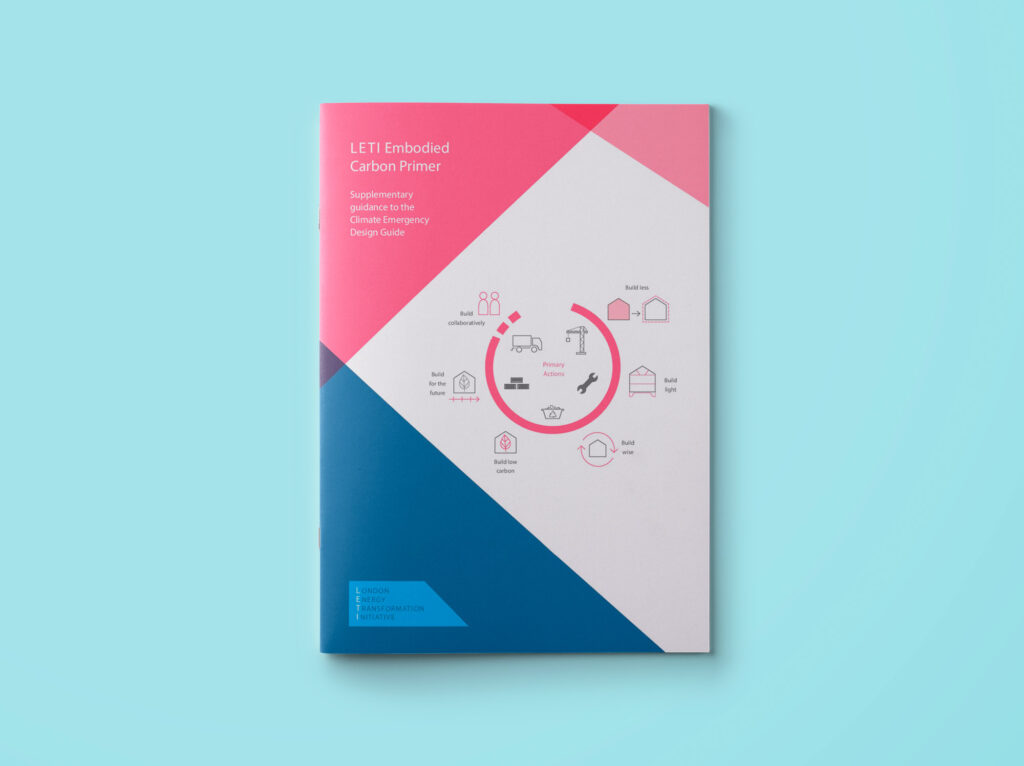In its life so far, Hastings Pier has already seen many iterations, all of which have contributed to an interesting whole-life cycle.
There have been two fires, one in 1917 and another in 2010, both events will have released greenhouse gas emissions and particulates into the atmosphere, how much we can’t be sure. The pier has been chopped and changed, with parts of the structure dismantled in World War II, and with a range of buildings constructed and dismantled over its lifetime. All of this will mean the pier has a likely substantial maintenance and repair impact, far beyond its initial upfront embodied emissions. dRMM have even designed a next iteration for the pier, yet to be delivered, and we are sure others will make modifications and adaptations to it in years to come.
